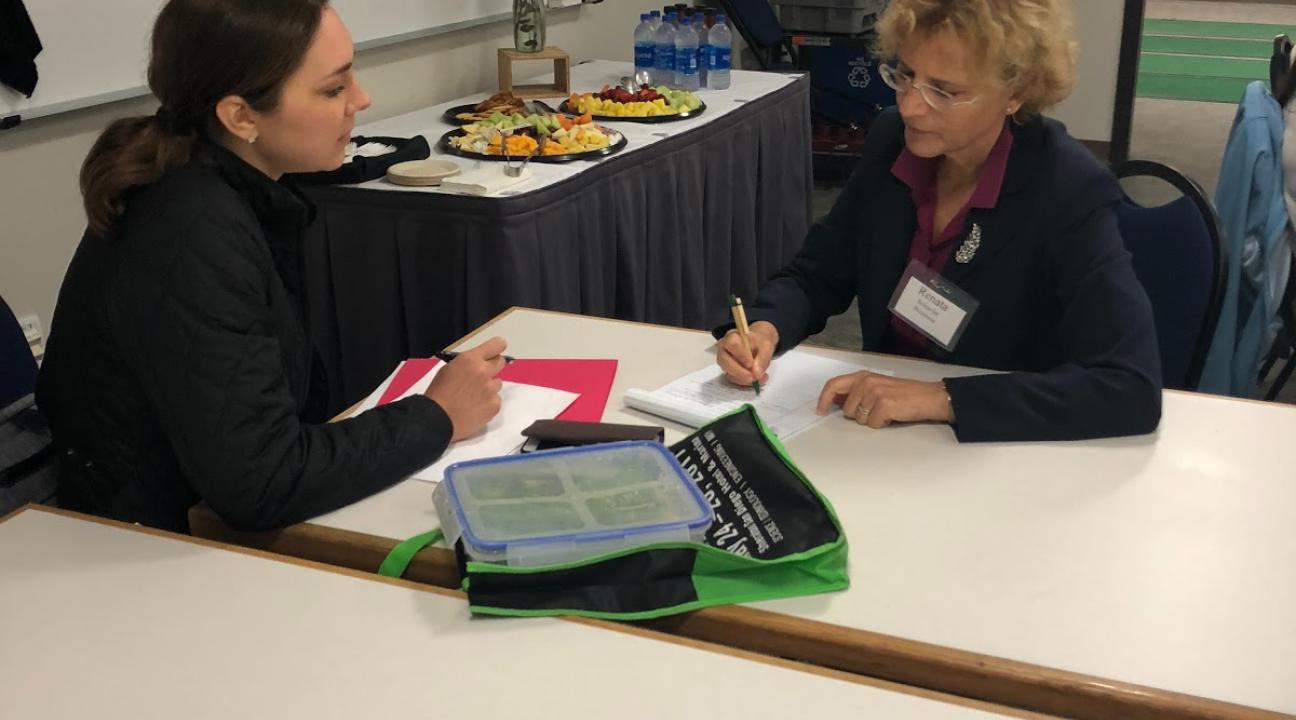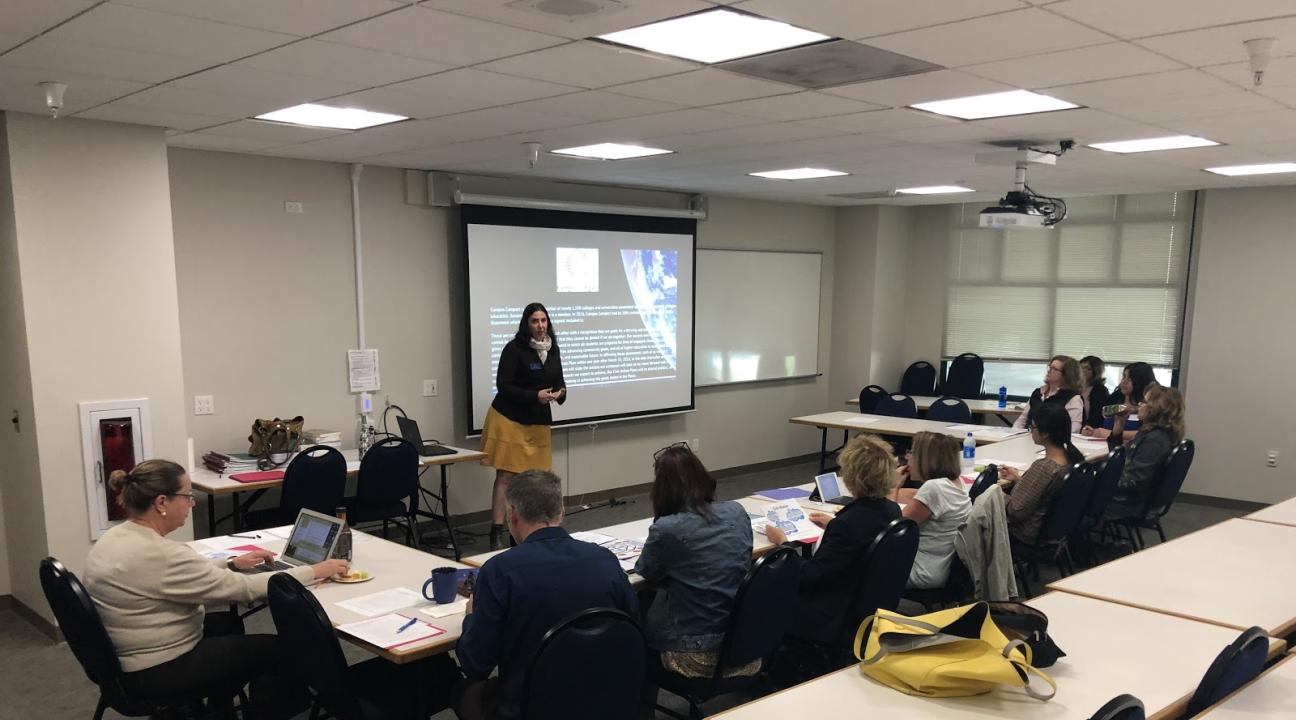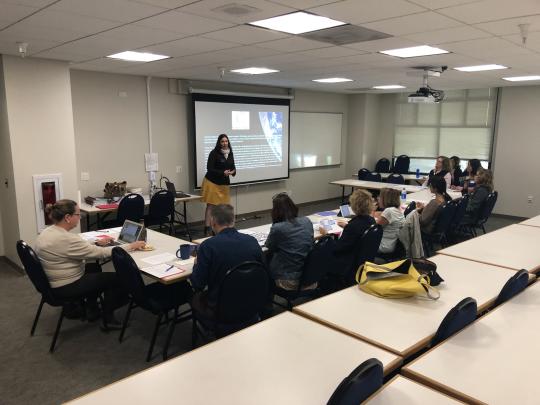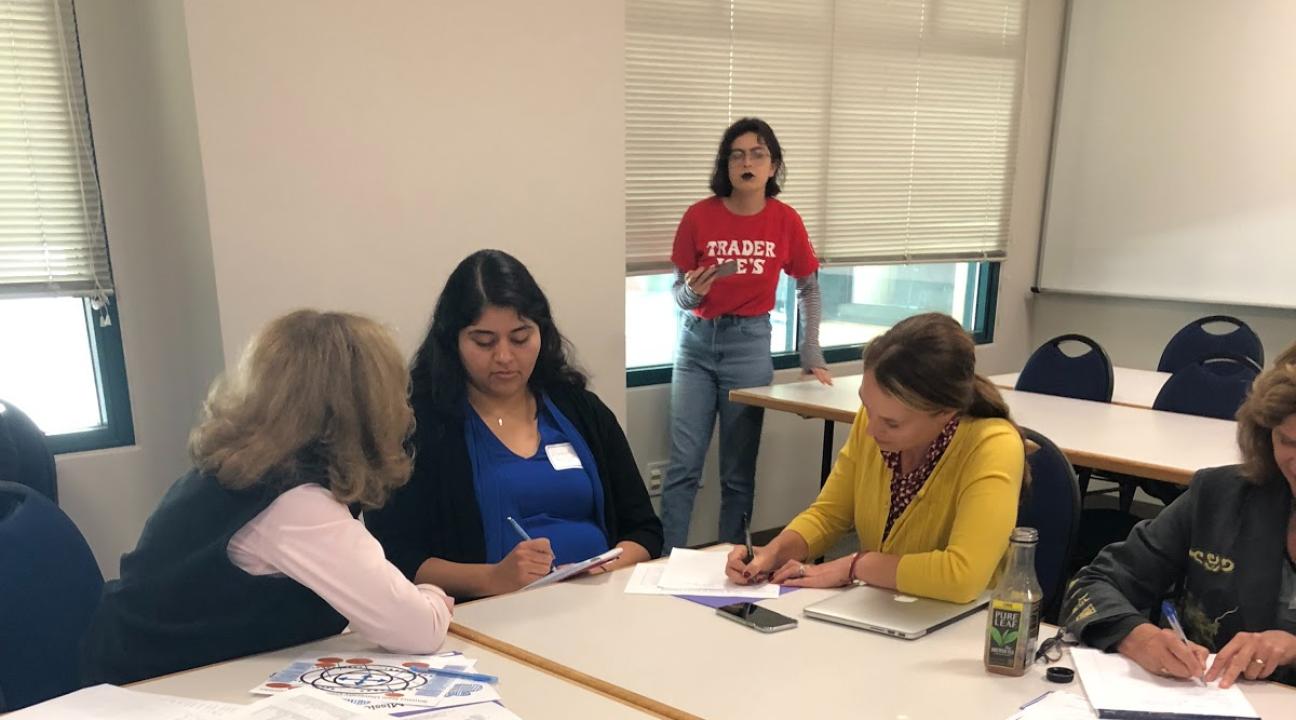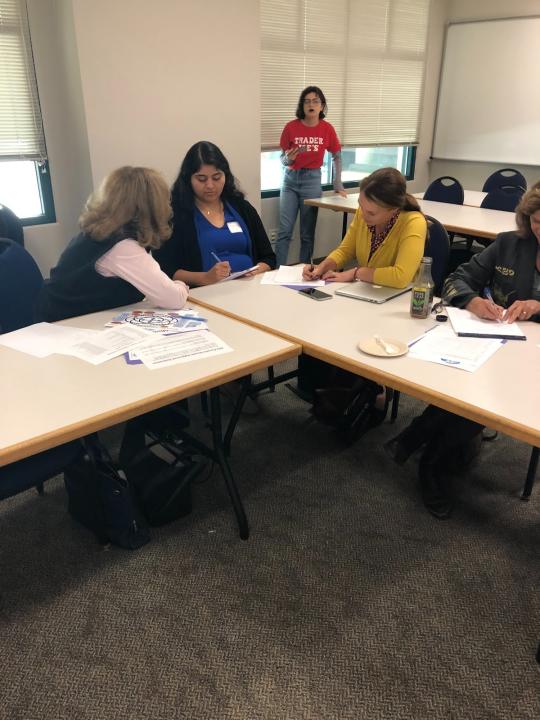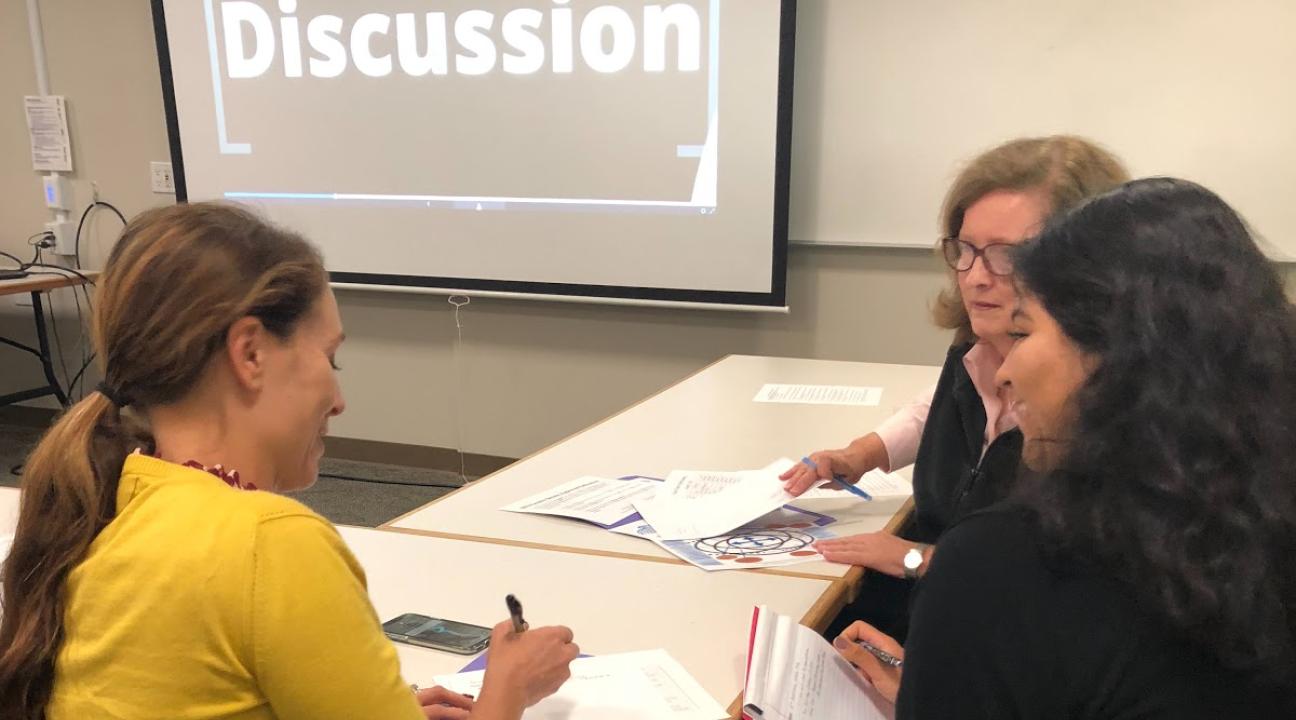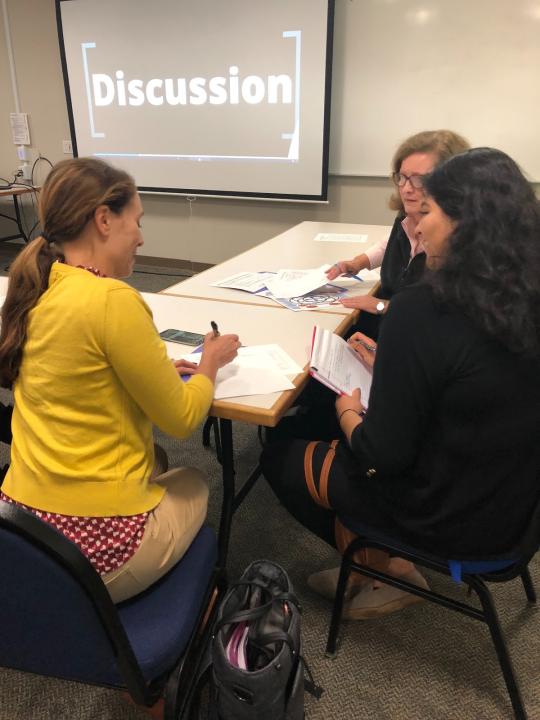Tips & Trends In Service-Learning IX
“I learned about the distinctions between service-learning and community service, tips for improving partnerships, the actual definition of service-learning, across the discipline approaches, where to find support documents and resources,” said one faculty participant in this year’s Tips and Trends in Service-Learning faculty workshop.
Service-learning is something I have never been too familiar with, but all that changed once I attended the Tips and Trends workshop. As a senior, I have had internships and spent a fair share of my time doing volunteer work within the community. This has allowed me gain a further understanding as to how much more there is to learn beyond not only just the books, but the classroom itself. The experiences we gain now, especially while in college will help us grow accustomed to the working world and all it has to offer when the time comes. Through this discussion I learned how service-learning can be an incredibly beneficial pedagogy in many classes.
Related: Tips & Trends in Service-Learning VIII
I learned that community engagement is the “collaboration between higher education institutions and their larger community (local, regional/state, national, global) for the mutually beneficial exchange and production of knowledge and resources in a context of partnership and reciprocity,” and that there are lots of teaching, scholarship, and service ways to do community engagement. I also learned that service-learning is one way to do community engaged teaching.
Faculty from Sonoma State all listened, some already practicing service-learning in their classrooms, while others were there to see if it would be a good fit for them. Along with service-learning and community engagement workshops, exploring public scholarships was a driving topic.
When it came time for a collective discussion, the attendees shared a bit about what compels them to making a lifetime commitment to civic engagement. Sonoma State staff member Megan D’Errico the MESA Director was one of many who attended, and when asked what she thought about service-learning, she hit the nail right on the head.
“There’s so much value in making a difference in people’s lives and serving the masses,” said D’Errico. “I think that’s what’s really important, that if we aren't pulling up the bottom, then we aren't doing anything. If we are only serving the top 1%--it’s just not enough in my mind.”
D’Errico along with others had some inspiring words to say about service-learning and the impact it can have. Along with the staff and faculty who attended, some CCE VISTAs made an appearance as well.
Suzie Littlewood is the AmeriCorps VISTA who not only loves service-learning because of her job, but because it can make a real impact in someone’s life.
“The main point of service learning is that it’s learning through service,” said Littlewood. “It’s really important to make sure students connect the work they do to the bigger picture. It’s one thing to put together 50 bags of produce at a food drive, but it’s another to do that and recognize the impact that has on a family’s food security, their health, and accessibility on the whole. It connects students to the community. It’s an amazing opportunity, and I think everyone needs to take advantage of it.”
A point that stuck with me through the presentation was that service-learning is also an amazing way to gain exposure to diverse communities, ones that which you may have never even noticed. This is something that made me stop and think about how I should get involved in service-learning, not only to help my community grow but to help myself too. Students can find a service-learning class here
Author: Kailey Priest


